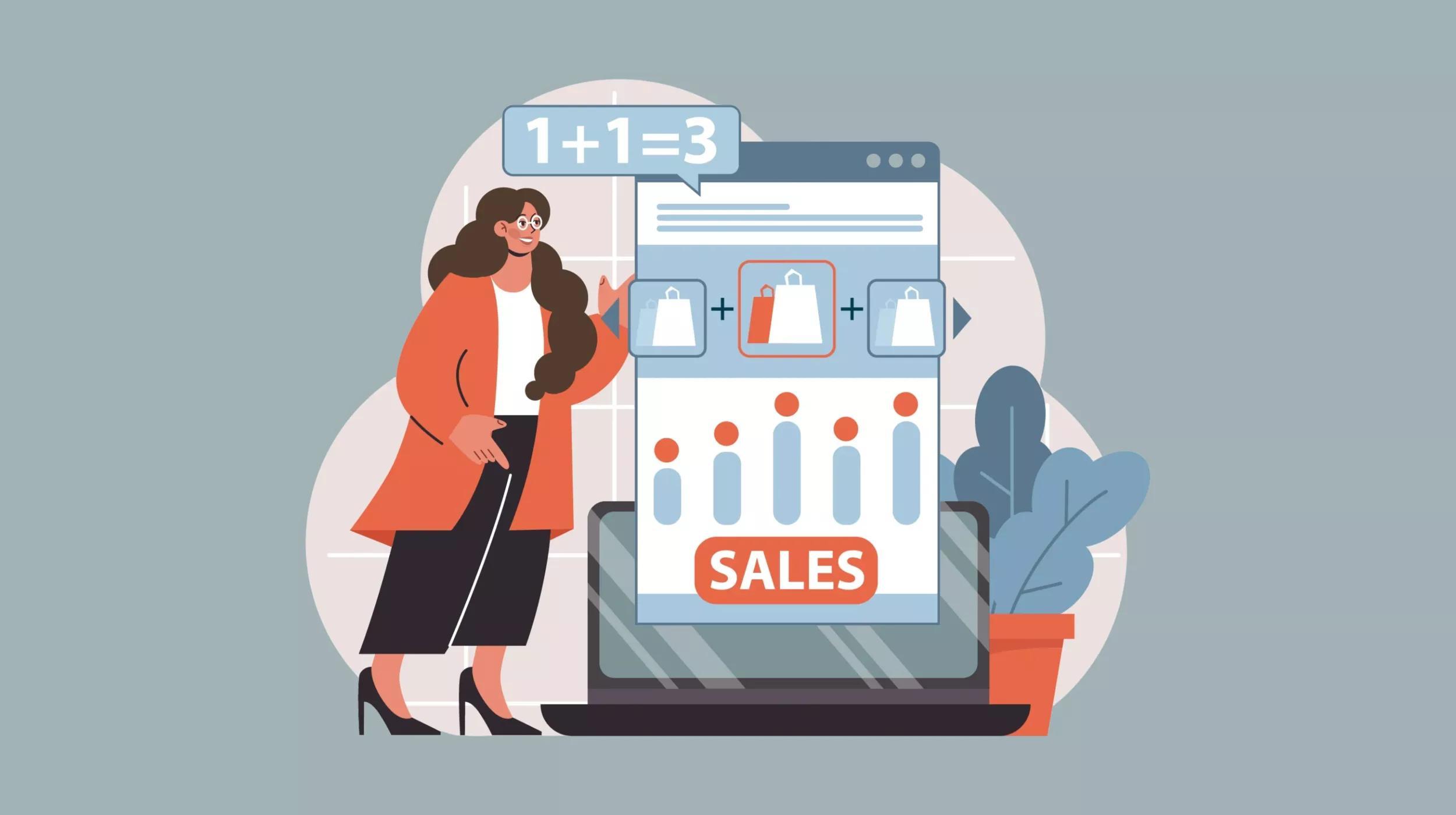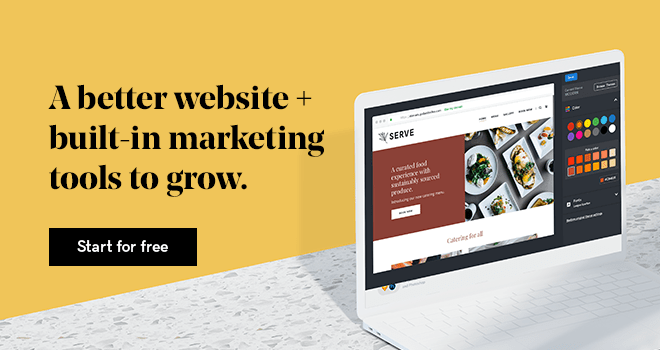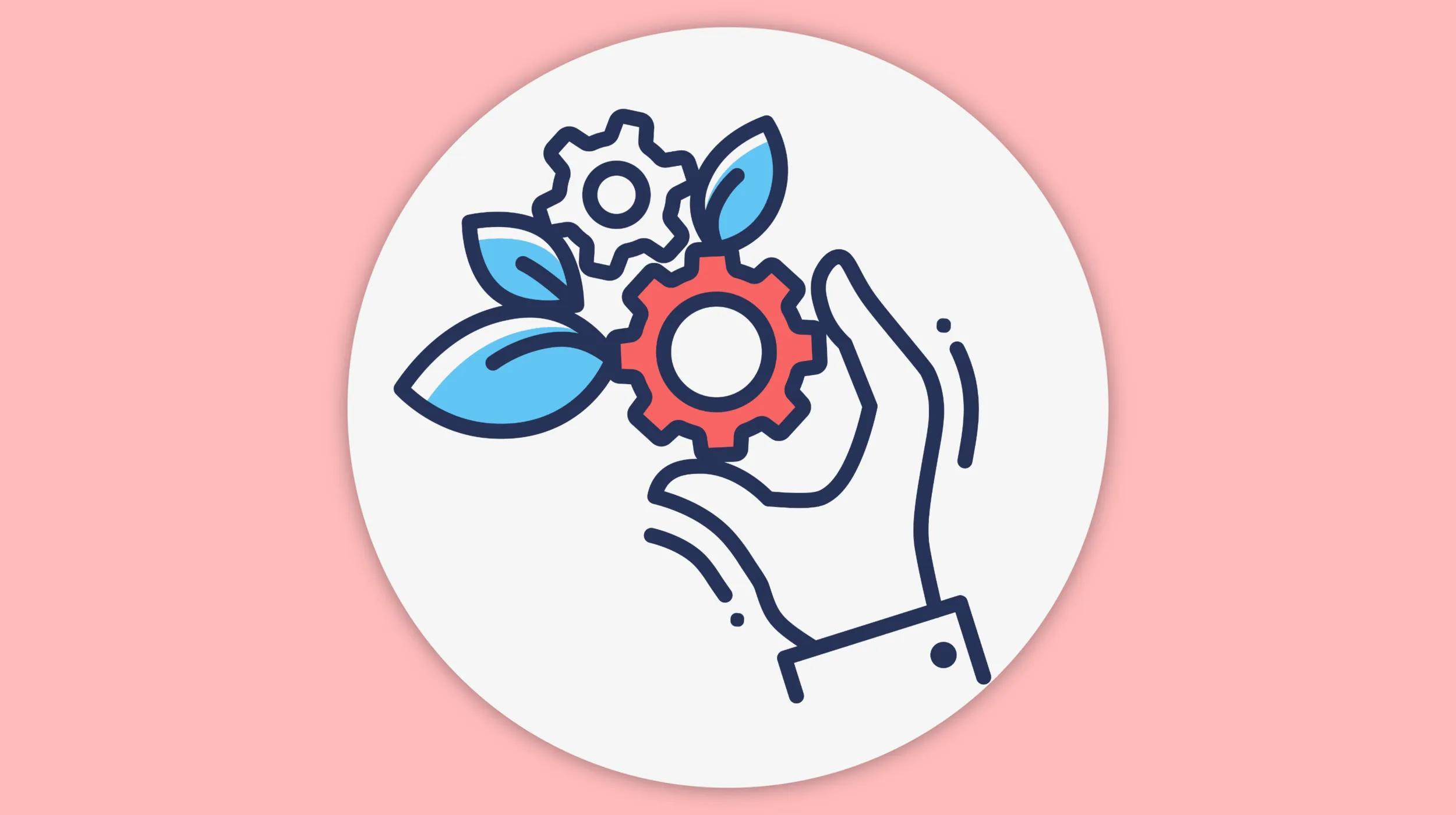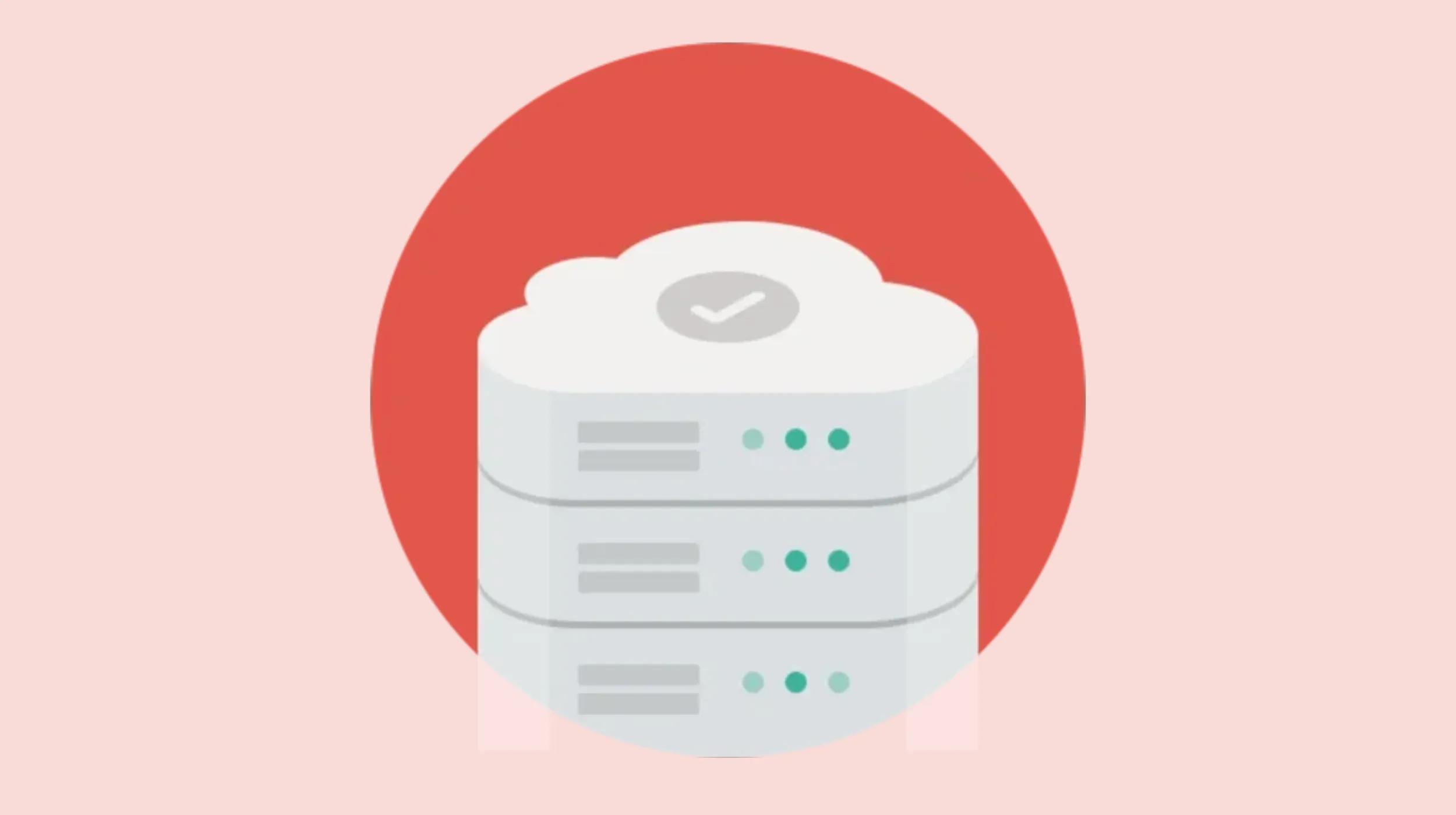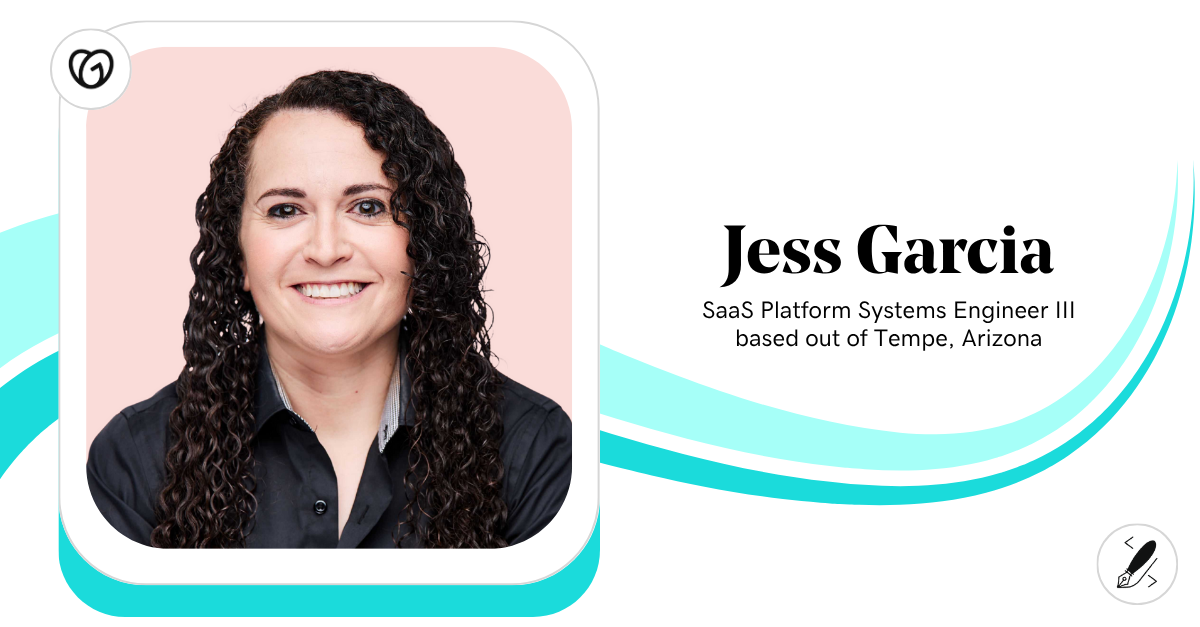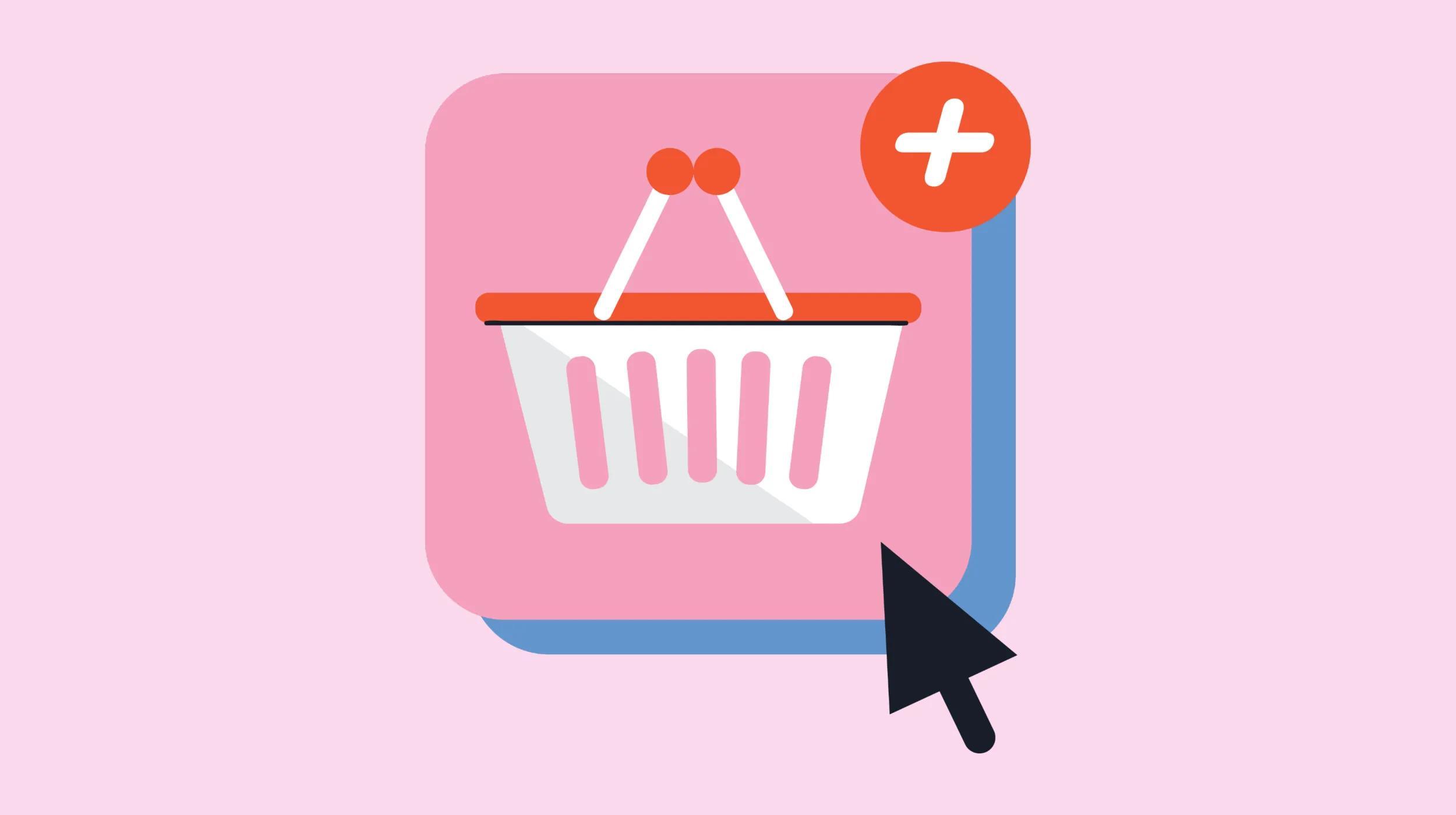It can be overwhelming to think about customizing every single ecommerce product page on your website, especially if you have hundreds — or even thousands — of products. But it’s well worth the effort, as an ecommerce product page is a make-or-break element for your website.
As of 2016, the average conversion rate for an ecommerce site is about 2.85 percent, but that number can improve with a renewed focus on optimizing ecommerce product pages. More so than any other page or individual element, an ecommerce product page has the power to convince a potential customer to complete their purchase.
But knowing how important ecommerce product pages are, and effectively creating one, are two very different things.
Since it’s preferable to assume that most people just don’t know what to include to be effective, here’s a practical guide on how to create a compelling ecommerce product page.
What makes a good ecommerce product page?
In general, a great ecommerce product page provides an intuitive and satisfying user experience (UX). To guide your efforts, the UX behavioral analytics and engagement platform Kissmetrics introduces three broad concepts your product page must cover:
- Information — Answers any general questions about the product
- Assurance — Customer made the right decisions, and they’ll be satisfied with the purchase
- Motivation — Hit “Add to Cart” now, rather than sometime in the future
Focusing on a unique value proposition
Your unique value proposition (UVP) describes the main benefit your company and products offer.
Build your ecommerce product page on a UVP.
It should be the focal point around which every other page element revolves. Some 55 percent of people spend less than 15 seconds on a page, so it’s important to communicate your UVP near the top of the page, in a manner easily recognizable by customers.
If you’re not quite sure of your unique value proposition, that’s OK. Consider the following to develop a UVP for your brand and individual products:
- The value you bring — The more specific, the better (i.e., “Lose dark spots in 15 days” is better than just “Lose dark spots”)
- Features tell, benefits sell — Sell the solution that your product provides, not necessarily the shiny things that make it up
- What makes your product truly unique? — It can be beneficial to look at the messaging your competitors use, and improve upon it by adding your own unique spin
Editor's note: Want to get started on your UVP right away? View our guide for developing a unique selling proposition for step-by-step instructions.
Developing a Unique Selling Proposition from GoDaddy
Cutting the clutter on ecommerce product pages
A high-converting ecommerce product page is about one thing: the product. Many ecommerce product pages don’t convert because webmasters lose focus. And if they’re truly unaware of the page elements that assist with conversions, they might throw up anything they can think of, resulting in an abundance of clutter.
Consider anything that isn’t directly about the product as a distraction.
The ecommerce platform Lemonstand shares some tips for finding focus for your ecommerce product pages:
- Plain backgrounds, unobtrusive muted colors — Your design should never draw attention away from the product
- Hidden menus and dropdowns — As with a landing page, too much information can distract from the goal, but make sure navigation is still available
- Minimal navigation on ecommerce product pages — People should be able to find what they’re looking for in three clicks or less
Ikea does a good job of incorporating these principles on product and category pages.
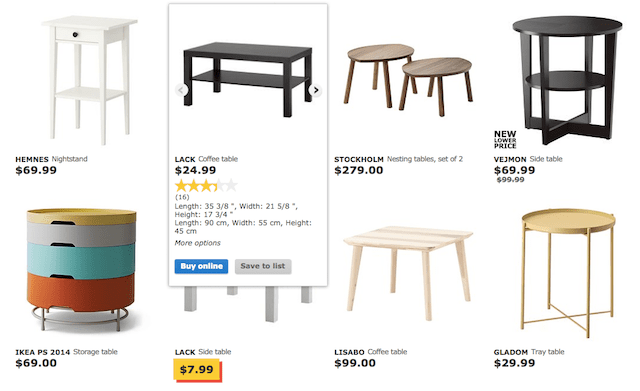
Their website has been designed with an element of minimalism, placing the focus on their products. If you’re interested in more details, you can hover over the product, and then click through to make a purchase.
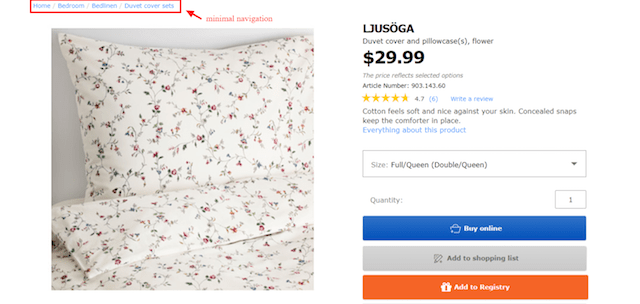
Putting images on an ecommerce product page
Visuals are one of the most influential factors affecting purchase decisions. While most people feel a need to physically touch items before purchasing them, great product photos on an ecommerce product page are the next best thing. These usually require hiring a professional photographer, but these tips can help your DIY product photos:
- Resolution — Larger, high-resolution photos are better
- Details — Zoomable, high-quality detail shots
- Angles — Product displays all necessary angles
- Backgrounds — White, off-white, or neutral backgrounds
- Extras — Include photos of product features and included items
If you’re selling apparel, use a mannequins so people can see what items look like when someone wears them. Consider using eyeless models so you don’t distract the buyer. If the mannequin’s face is shown, the buyer might focus there too much.
Looking to improve existing product photos? Here are some additional tools you can use to create professional product images.
Putting videos on an ecommerce product page
Photos shouldn’t be the only visual elements on your ecommerce product pages. Adding video in addition to top-quality images might help entice customers to buy. According to a recent roundup of relevant statistics:
- Product videos increase the likelihood of purchases by 85 percent.
- Video content makes shoppers 52 percent more confident in their purchases.
- Videos on ecommerce product pages lengthen visitor sessions by 340 percent.
- Mobile viewers are 1.2 times more likely to prefer companies offering product videos.
From an SEO perspective, videos improve a page’s ranking in search engine results because there’s less competition for video content versus text or even pictures.
Perfecting copy on an ecommerce product page

The German company L’Axelle found that making their page copy more action-focused led to a 93 percent increase in clicks. So don’t make the mistake of just describing the product — that description is better leveraged by using it to sell the product.
Technical details (like sizing) should be listed in chart form, but the best ecommerce product page copy appeals to the user’s sense of emotion.
For ecommerce copy, Neil Patel (of Kissmetrics and Crazy Egg) recommends following the AIDA copywriting formula: Action, Interest, Desire, Action. For this to work, spend a disproportionately high amount of time on your headlines, because they’re the first thing that grabs a potential buyer’s attention. They determine whether or not they’ll click through or read more.
Once you’ve grabbed the user’s attention, sustain interest by talking about the benefits of your product. Making visitors truly desire your product is the trickiest part, but this can be invoked through the use of social triggers. If you’re unfamiliar with the concept, there are six different types:
- Reciprocity
- Commitment
- Authority
- Social Proof
- Scarcity
- Liking
Social triggers can be incorporated on an ecommerce product page through the use of testimonials or another form of user-generated content. Mix one or several, but don’t go overboard. Remember the importance of focusing on only the most important elements.
WooCommerce, developer of a widely used ecommerce platform, offers some guidance as far as technical details to consider for your ecommerce product page:
- Dimensions like weight, height, etc.
- Sizing information for apparel (size charts help immensely)
- Included materials
- Where the product was made
- Whether assembly or additional parts are necessary
- Warnings about hazards and other disclaimers
It all leads to the call-to-action (CTA). This essential ecommerce product page element could take the form of a button, and it should be easy to see and act on. The phrase “Buy Now” is pretty generic, so test other, more compelling options.
Forbes contributing writer John Rampton shares some additional tips for nailing product description copy:
- Answer the 5 W’s and H — Descriptions should address who, what, where, when, why and how
- Differentiate yourself — Make it easy for customers to identify with your brand with a distinct voice behind your content
- Reduce buyer’s guilt — Position the product as limited or exclusive in some way, and let the customer know this is a one time offer, bargain or essential purchase
- Verbs over adjectives — Adjectives can make your copy “verbose and cumbersome,” making it seem insincere and bland
- Scannable descriptions — Know this: only 16 percent of people read every word on a webpage
SEO best practices for an ecommerce product page

Start by optimizing for SEO basics, like the title tag and meta description — the first things customers see. Here are some additional quick hits for product page SEO:
- Start with searchable product names
- Include long-tail keywords in the descriptions
- Use internal links to related products and pages
- Headers should format copy and highlight important points
- Avoid duplicate descriptions to maintain search engine rankings
Finally, make sure that your entire website is mobile-optimized. Google has been moving toward mobile-first indexing, which will have heavy-handed implications for SEO. Additionally, a majority of people access the internet via mobile devices. A mobile website might be difficult retrofit or redesign, but it provides a better customer experience and helps with SEO.
Recommending additional products
Why stop at just one product? The most successful ecommerce platforms harness the benefits of driving visitors from one product to another. Providing recommendations for related products will help customers decide to purchase an item or even additional items.
Consider a camera company: A product page for one of their cameras could include recommendations to purchase a case, tripod or memory card. A great ecommerce product page is like a tactful salesperson recommending perfect complements to the main product you’ve eyeing. These recommendations can also take the form of similar products, with different designs or features.
Get started today
Follow these crucial elements to create the perfect ecommerce product page. And if you’re still searching for the perfect platform, consider GoDaddy’s Online Store. With multiple payment options, shipping methods and 10 images per product, you’ll have everything you need to get started — and more. Try it today for free.

